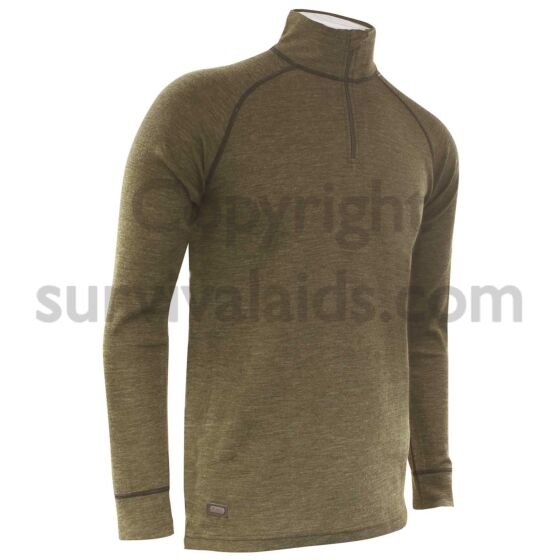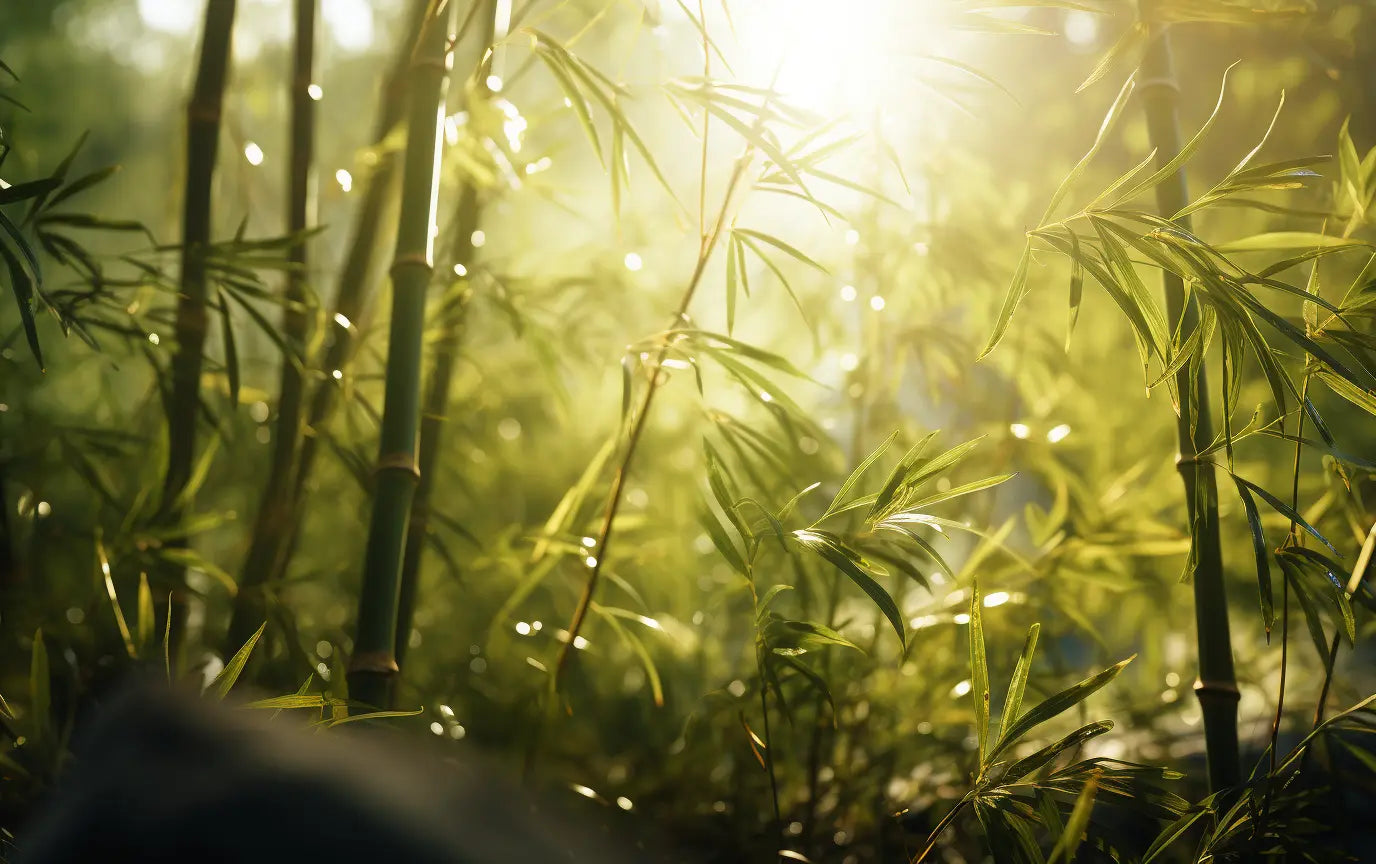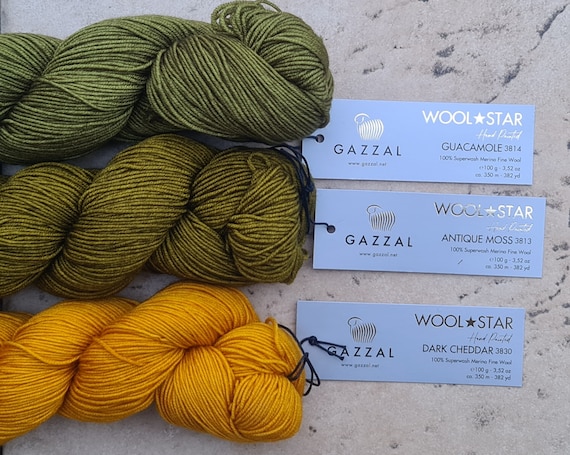Excellent Suggestions On Picking Merino Wool Base Layers
Wiki Article
What Are The Reasons Baselayers Of Merino And Yak Wool Efficient In Winter Sports Clothing Due To Their Natural Fiber Benefits And Sustainability For The Environment?
The natural fibers and environmental sustainable nature of Yak Merino Wool Base Layers make them an excellent choice for winter sports clothes.
Both wools, yak and merino, are natural fibers made from animals (yak and merino sheep respectively). These renewable resources can be used without harming animals. They are biodegradable without causing harm to the ecosystem.
Environmental impact is minimal
Natural fibers have generally less negative impact on the environment as compared to synthetic materials. The process of harvesting and cultivating wool involve fewer chemical processes and are not dependent on non-renewable resources compared to synthetic fibers.
Energy Efficiency
The process of processing wool fibers consumes less energy than synthetic fibers that are produced, such as nylon and polyester. The energy required for the production process of natural wool is significantly lower, resulting in less carbon emissions.
Reducing Microplastic Pollution
Natural wool fibers are not accountable for microplastic contamination of waterbodies in contrast to synthetic fibers which shed microplastics upon washing.
The durability and recycling of Plastics
Yak-merino clothes are durable and can last for a very long duration. Wool fibers can be recycled or repurposed to lessen consumption and harm to the environmental impact.
Sustainable Practices
Wool producers and manufacturers follow ethical and sustainable practices that are ethical and sustainable. They ensure the welfare of their animals as well as responsible land management, as well as fair working conditions for all workers in the manufacturing chain.
Environmental Certification-
The Responsible Wool Standard or Global Organic Textile Standard are certifications that verify ethical and sustainable practices used in the wool production industry. They offer consumers assurances regarding sustainable practices.
In general yak Merino wool base layers support environmental sustainability because they are made with natural fibers, have a low environmental impact, and incorporate ethical and sustainable practices within the supply chain. The use of natural fibers such as yak merino wool to make winter sportswear is a step towards the environment and is responsible consumption practices. See the top rated merino wool base layers info for blog recommendations including ice breaker thermals, hh lifa merino, spyder baselayer, wool thermal base layer, skiing mid layers, first lite merino wool base layer, icebreaker baselayer, sitka base layers, merino wool base layer clearance, heavyweight merino wool base layer and more.

What Are Some Advantages That Bamboo Clothing Offers In Regards To Thermal Regulation As Well As Uv Protection?
Thermal Regulation-
Insulation - Bamboo fabric is breathable and has thermal-regulating properties. It is warm even in frigid temperatures. It regulates your body's temperature, retaining heat during colder weather, and allowing air to circulate in order to avoid overheating.
UV Protection
UV Resistance- Bamboo fabrics offer natural protection against harmful ultraviolet Rays. It is a great layer of protection against sun exposure by blocking a significant amount of UV rays.
Biodegradability-
Environmentally Friendly - Bamboo clothes can be biodegradable. They break naturally and do not pollute the environment. This helps reduce waste and the environmental impact of clothing that is thrown away.
Environmental Impact-
Sustainable - Bamboo as a raw material is incredibly eco-friendly. It is able to grow quickly and in abundance and without chemical fertilisers. This helps reduce the environmental impact of cultivating it. Rapid growth makes it a dependable resource.
Bamboo is more water efficient since it requires less water than other crops such as cotton. This aspect contributes to conservation efforts and decreases stress on the water resource.
Soil Conservation
Health of the soil - Bamboo cultivation does not usually deplete soil nutrients, or require extensive irrigation. This leads to healthier soil conditions.
Carbon Sequestration
Carbon Absorption- Bamboo plants can absorb more CO2 and release more oxygen into the air when compared with other plants. This property contributes to efforts to fight climate change through decreasing carbon emissions.
Bamboo clothing is a fantastic option for people who wish to wear clothing that is both functional and sustainable. These characteristics are in sync with eco-friendly practices that offer benefits for users as well as the environment. See the top rated bamboo clothings for website tips including bamboo clothing, bamboo material clothing, bamboo shirt, bamboo shorts mens, bamboo fishing shirts, bamboo clothing underwear, bamboo long sleeve shirt, boody bamboo underwear, bamboo viscose pajamas, bamboo undergarments and more.

How Does Merino And Bamboo Clothing Compare To Wool With Regard To Texture, Warmth And Moisture Absorption?
When comparing traditional wool, merino and bamboo clothing in terms of water-absorption and warmth, their texture is vital.
Merino Wool Merino Wool Merino Wool is known for its softness and fine fibers. It has a smoother more supple and less scratchy feel when as compared to other varieties of wool. It is also considered more comfortable to wear.
Bamboo Clothing Bamboo clothing has a silky smooth texture that is often contrasted with luxury materials such as silk or cashmere. It is soft, making it a comfortable fit.
Traditional Wool - Traditional wool's texture may be different. Certain types are more coarse and can cause more itching than merino clothing or bamboo clothing.
Warmth-
MerinoMerino Merino offers exceptional warmth due to its insulation properties. Even when damp it maintains warmth and acts as an effective insulation during cold weather conditions.
Bamboo Clothing offers warmth but may not have the same amount of insulation like Merino wool. Bamboo clothing is a great temperature regulator, which makes it comfortable in any weather.
Traditional Wool- Similar to wool from merino sheep, wool traditional provides warmth and insulation. Traditional wool is heavier than merino and bamboo clothing.
Moisture Absorption-
Merino Wool Merino Wool, due to its outstanding moisture wicking properties, draws moisture away from the skin and lets it evaporate. Even when wet, the wool remains warm.
Bamboo Clothing Bamboo fabric is known for its the ability to wick moisture away and can remove moisture and provide the comfort you need during your physical exercise. It is able to regulate humidity and helps keep the wearer dry.
Traditional Wool: While wool absorbs moisture, it doesn't possess the same moisture-wicking properties like bamboo and merino fabrics. Certain kinds of sheep's hair may feel damp and heavy after being wet.
In summary, merino has a reputation for the softness, warmth, and effectiveness of moisture wicking. Bamboo clothing offers an ultra-soft texture and sufficient warmth and moisture control. The wool's texture is variable and can be utilized to give warmth as well as moisture absorption, and a soft feel. But it could feel heavier and coarser in comparison to merino clothing or bamboo clothing. Each material has unique properties that are suited to various clothing preferences and needs. See the top merino winter clothing for site advice including merino base layer mens, best wool base layer, best wool base layer, best thermals for skiing, merino undershirt, wool thermal underwear, ski layers womens, long underwear for skiing, best base layer for skiing, lightweight merino wool base layer and more.
